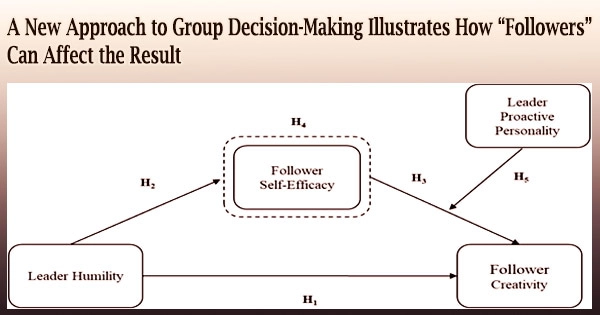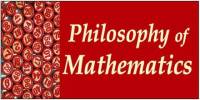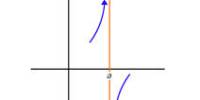Group decision-making can be difficult and may not always result in the best choice, from tiny groups to national elections. That’s in part because some group members conduct independent research while others get ideas from those around them.
That distinction is readily observed around election time.
“Many voters couldn’t tell you the policy platforms for the candidates they’re voting for,” says applied mathematician Vicky Chuqiao Yang at the Santa Fe Institute. “Many individuals are uninformed, and they’re most likely to rely on information they get from others.”
Group decision-making is a complex process that social scientists have long tried to understand. Researchers from a variety of fields have attempted to solve the issue, with concurrent efforts frequently producing contradictory results. The majority of current models only consider the impact of one variable, which implies they don’t account for all factors.
“The outcome of collective decision making is the result of complex interactions of many variables,” says Yang, “and those interactions are rarely taken into account,” in previous work.
Yang recently oversaw the creation of a mathematical framework that accounts for the impact of numerous interactions among group members in order to solve that difficulty.
“You can plug in multiple effects and see their behavior and how they manifest in the group at the same time,” she explains.
Many voters couldn’t tell you the policy platforms for the candidates they’re voting for. Many individuals are uninformed, and they’re most likely to rely on information they get from others.
Vicky Chuqiao Yang
Social learners’ impact is one of those impacts. For instance, the model indicated that there is a crucial number of members in decision-making organizations who rely on outside sources of information.
The group selects the superior result if it falls below that cutoff. The group may ultimately decide on the better or worse choice above.
The model also indicated that “committed minorities,” or those who won’t modify their beliefs in the face of evidence, will play a big influence. Although every group is unique, social learners can support these devoted minorities, according to Yang.
The mathematical model is both straightforward and all-encompassing, and it can faithfully represent the system’s numerous moving pieces.
Mirta Galesic, a professor of psychology at SFI, Ani Harutyunyan, an economist at the Sunwater Institute, and Harvey McGuinness, a student at Johns Hopkins University and a former SFI research assistant, are some of Yang’s partners. (The whole project began, said Yang, with a question from McGuinness.)
In an article that was published in Proceedings of the National Academy of Sciences, the researchers described the framework. Yang says she expects the methodology will aid in bringing parallel research from several areas together.
These disciplines have found separate effects at work in collective decision-making, “but we don’t yet have a holistic understanding that gives a recipe for good collective decision making,” she said. “Our work brings us one step closer to it.”
















